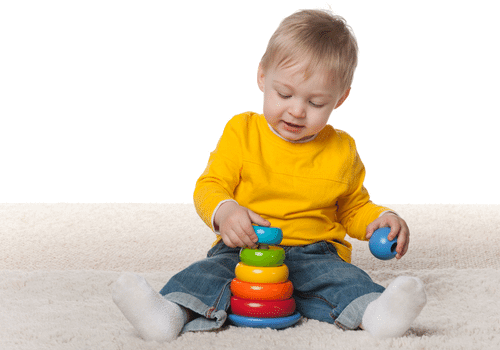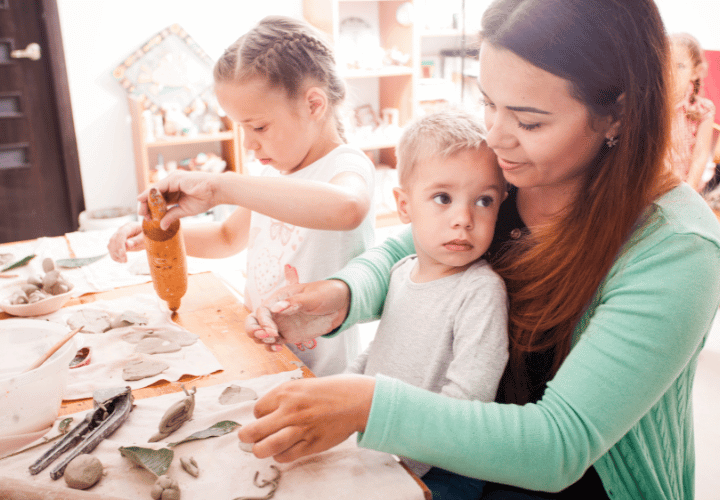Early learning starts from the birth of the child and needs to set new early learning goals for the remaining tenure. These years of learning are the most crucial years of early learning development for children in schools.
The early learning goals grid can be the best resource for learning for children that includes the set of early learning goals and learning goals in bite-sized chunks for children.

What are the ELGs?
Early learning goals are the expected levels of development of a child that should be attained by the child till the end of EYFS(early years foundation stage).
The early years foundation stage includes seven areas that combine to make early learning goals of different areas for children.
How are the early learning goals assessed?
When children complete five years of age and their early years foundation stage is ended the teacher needs to make an early years foundation stage profile in the reception classes to assess their development corresponding to each early learning goal.
This foundation stage profile is then presented to both parents and the reception teacher to take steps according to the development level of the children in reception. Here are the areas of the early years foundation stage that helps in assessing children to complete the foundation stage profile before the reception.
- Communication and Language
At this stage of learning development, the children will be able to
- Listen with attention, develop understanding, give responses and ideas, and explain questions in reception.
- To take part in group discussions in schools and express their ideas during these discussions.
- Physical Development
During the reception year, the early learning stage of Physical development includes the development of gross motor skills and fine motor skills.
Gross motor skills
In early learning goals at the stage of learning gross motor skills, the child will be able to
- Controle muscles to crawl, jump, run, and walk.
Fine motor skills
At the level of early learning Fine motor skills, the children will be capable of
- Using smaller muscles of the hands to hold things.
- Personal, Social, and Emotional Development
Early learning level of Personal, Social, and emotional development includes the learning of the following areas. The children will
Self-regulation
- Show understanding of personal emotions and feelings of others and express self-regulation.
Personal Managing
- Show confident behavior in schools, personal hygiene, and good choice ideas of food.
Building relationships
- Be active in building personal relationships with friends in schools and adults.
- Literacy
In this early learning goals level, The children will own knowledge of
- Word Reading, word writing, and understanding new ideas and stories.
- Mathematics
- The children will possess knowledge of numbers and the ability to explain numbers and talk about ideas to solve them.
- Understanding the World
At the stage of understanding the world in early learning, children will be able to
- Differentiate between the present and past and talk about life resources and cultural values of the present world and the past world.
- Talk to teachers to know the religious impacts, religious facts, and different religious rituals of other communities all over the world.
- Observe the natural world and acknowledge the natural world through other resources.
- Expressive Arts and Designs
At this level of early learning, the children will
- Be able to use the handy resource and tools safely and produce expressive art and designs
What are the early learning goals targets?
Early learning goals provide resources in every area of learning for good development in the reception year and understanding. Early learning goals target on
- Linguistic and communication skills
- Physical development
- Personal and social development
- Cognitive skills
What are development grids used for early years?
Child Development
Development grids provide the best framework, used by the teacher in the reception years to access the knowledge and development of the child in schools. It is the best handy resource for assessing children and helping the child with new early learning goals. Development grids are made according to the individual needs of the child during learning goals i.e the EYFS assessment grid.
EYFS ELG Foundation Stage Profile Grid
The EYFS assessment grid is a framework that explains the assessed learning goals of children in form of a handy resource during the reception. All the areas of learning are explained in the EYFS assessment grid framework.
EYFS assessment grid framework
The assessed learning goals are recorded in this framework and it provides new early goals for children in all areas of learning. It is a summative assessment framework that includes the outcomes of the child. The EYFS foundation stage profile grid assesses the abilities of the children at the end of the reception to make sure that the child is meeting the national standards.
What are the Early Learning goals Grid 2023?
- Give a response to the teacher
- Learn to read and writing
- Make new friends
- remove obstacles and Learn Jumping and running
FAQ’S
What are the 3 main areas of the EYFS?
- Communication and language
- Physical development
- Personal, social, and emotional development
What are three early learning goals?
To be able
- to hold, make, run, climb, draw, cut, etc.
- for understanding and communication
- to listening, explain, and writing
What are the Early Learning goals 2023?
- Play and learn cooperatively
- Learn to make sentences
- Don’t be mad at things
- Paint a tree

